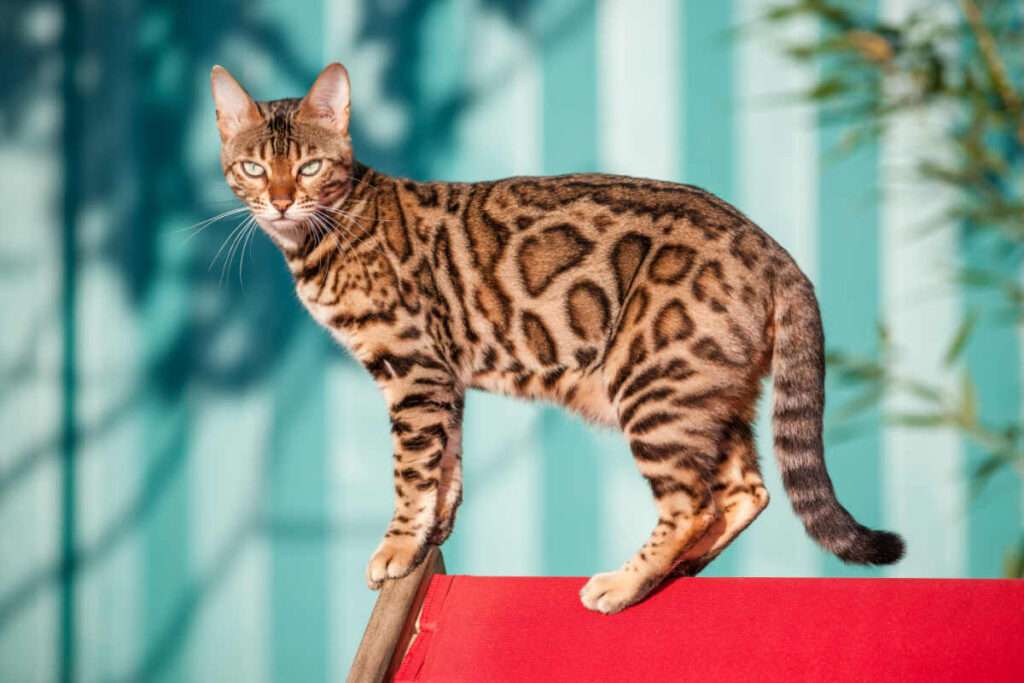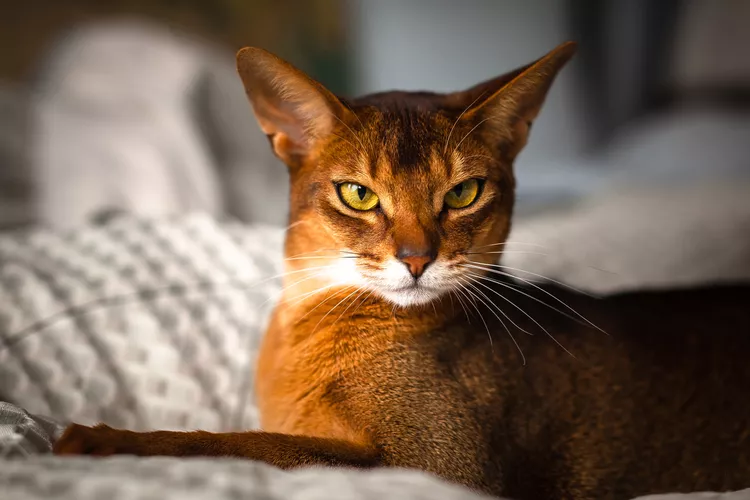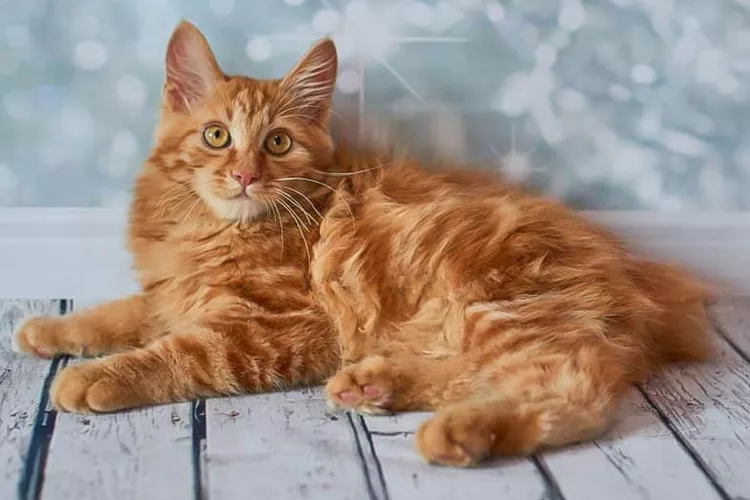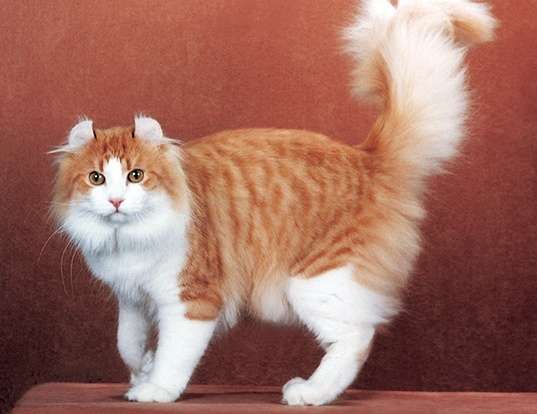
Description
Size: 8-15lbs
The Bengal is a slim, muscular cat with a wild demeanor that is accentuated by the strong marbling and spotting on its thick, luxuriant coat. Despite their stunning look, there is nothing extraordinary about their form or structure, since this is a well-balanced cat with modest ears, a wedge-shaped head, clean paws, and an athletic contour.
They come in a variety of colors and patterns, each more stunning than the previous one but are most famous for their spectacular, leopard-like spotting. In reference to their glitzy appearances, coat colors are classified as glittering, rosette, and pelted.
Behavior
Activity Level: High
Social needs: Always need company, don’t like being left alone
Bengal cats are loving creatures. They are incredibly energetic and lively. Bengal cats are observant. They are quick, like climbing, and have a voice that has been described as a cooing or chirping or a peculiar gravelly sound. Bengal cats are a chatty breed with a large vocabulary that may occasionally seem extremely harsh, especially in new environments. To avoid boredom during the day, they require companionship as well as chances to climb and practice hunting. They might not get along with birds or small pets like hamsters or lizards because of their wild ancestry and keen hunting instincts.
Origin/History
The Bengal cat breed was developed by breeding domestic shorthairs with Asian leopard cats, which were available in pet shops in the 1950s and 1960s. The first person to do such a hybrid was a breeder in California named Jean Mill, although she wasn’t doing it to start a new breed. She wasn’t expecting the two species to breed, therefore she was surprised when kittens appeared. Mill retained the spotted female of the litter. She gave birth to a litter of solid and spotted kittens when bred back to her father.
Care as a Pet
Bengal cats don’t need particular care because they are several generations distant from the African leopard cat. They are just big domestic cats. Weekly grooming of your cat might help you avoid hairballs by removing dead hair. Every two weeks, trim your cat’s nails, and make sure their litter box is always clean.
Bengal cats are active and enjoy jumping, so you should provide them access to a climbing tree and places where they can sit and look around the room. To keep your cat interested, use engaging toys. Play with your cat; you can teach it to fetch and catch the laser dot. Bengal cats have a love of water that other domestic cats do not. You might need to take extra care to prevent your aquarium from turning into a fishing pond. If your yard is safe enough to avoid elopement, you might even provide a small backyard pool for water play.

Nutrition and Diet
Bengals consume cat food, just as other domestic cats. But it can be challenging to generalize. Many Bengal owners favour feeding their animals a grain-free or raw diet, especially if they are among the first three generations. The most practical approach to feeding Bengal cats is to buy a prepared, grain-free food, according to the majority of owners.
Grooming needs
The Bengal’s short, dense coat requires just weekly brushing to remove dead hair and disperse skin oils.
Table





